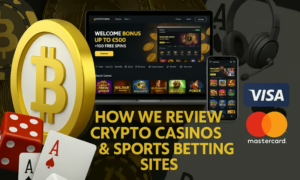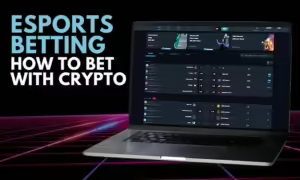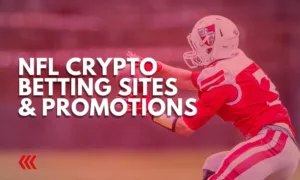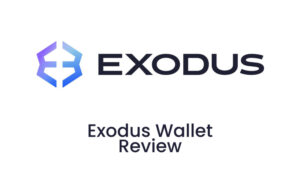ICO Metrics and Mechanisms
Every ICO has a number of characteristics that a team determines prior to the token sale start. These technical details influence the outcome of an ICO. The Storifier team break them down.

As metrics show, the way a team sets up the initial token sale impacts on the results of a campaign, both for the team and for project supporters. To understand the connection between the token sale setup metrics and the crowdsale outcome, it’s worth looking at the mechanics behind these metrics, specifically at the token price and the investment cap.
Is Token Price Fixed?
For an investor, this question determines the certainty of tokens number he will receive, given his contribution, and the token share he will own, given a predefined number of tokens for sale. With a non-fixed price, not knowing how many tokens an investor will receive and what it means in terms of token supply, an investor may be inclined to put more money in hopes to get more tokens.
For the project, fixing the price may result in leaving some money on the table and underpricing the token, if the demand is high. Having a non-fixed price, on the other hand, may lead to the opposite effect.
With either an underpriced or an overpriced token, choosing between fixed and non-fixed price may seem like choosing between the two evils. Both options carry significant disadvantages, either for a team or for the token holders.
Trying to resolve these disadvantages, teams have developed alternative pricing mechanisms, where purchase price changes as the token sale progresses. The ICO investors buy tokens at a price on a given time or at the final known price determined at the end of the campaign. In both cases, an investor gets some level of understanding how the market perceives the project, before making a purchase.
With either an underpriced or an overpriced token, choosing between fixed and non-fixed price may seem like choosing between the two evils. Both options carry significant disadvantages, either for a team or for the token holders.
Trying to resolve these disadvantages, teams have developed alternative pricing mechanisms, where purchase price changes as the token sale progresses. The ICO investors buy tokens at a price on a given time or at the final known price determined at the end of the campaign. In both cases, an investor gets some level of understanding how the market perceives the project, before making a purchase.
Is investment capped?
Now price is only one part of the equation. Decision on investment cap has important implications on the project’s valuation too. Raising an amount determined by cap shows the market confidence and the team’s discipline. Not setting the cap, on the other hand, protects the project from the shame of not raising a lot, in a pessimistic scenario, and, vice versa, lets all funds in, in case of high demand.
By their nature, decentralized projects assume a wide distribution of token holders that will use the product. However, capped ICOs have resulted in a significant concentration of tokens in hands of large buyers. This contradicts the whole decentralization idea of the blockchain ecosystem. Uncapped ICOs, letting more participants in, still put large purchasers at an advantage.
To counter that, teams came up with the alternative capping mechanisms. Their substance is in 1) letting extra time for smaller investors to get in, 2) making a cap hard to figure out, or 3) slicing the cap in smaller lots. As alternative cap mechanisms may take various forms, some of them do result in a broader token distribution.









